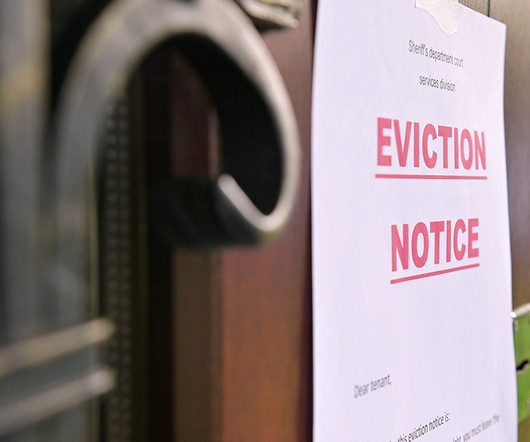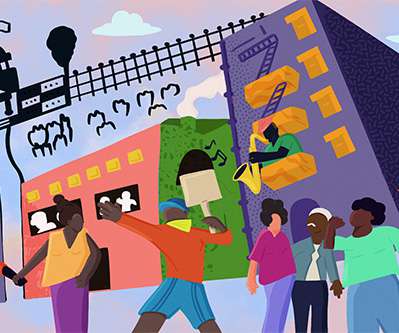Zero-Problem Philanthropy
Stanford Social Innovation Review
OCTOBER 16, 2023
CNN recently reported that “California has spent billions to fight homelessness. Massive investments in climate solutions such as carbon markets, CO2 sequestration, and energy alternatives had no material effect on slowing global warming. Real progress seems elusive. The problem has gotten worse.”












Let's personalize your content